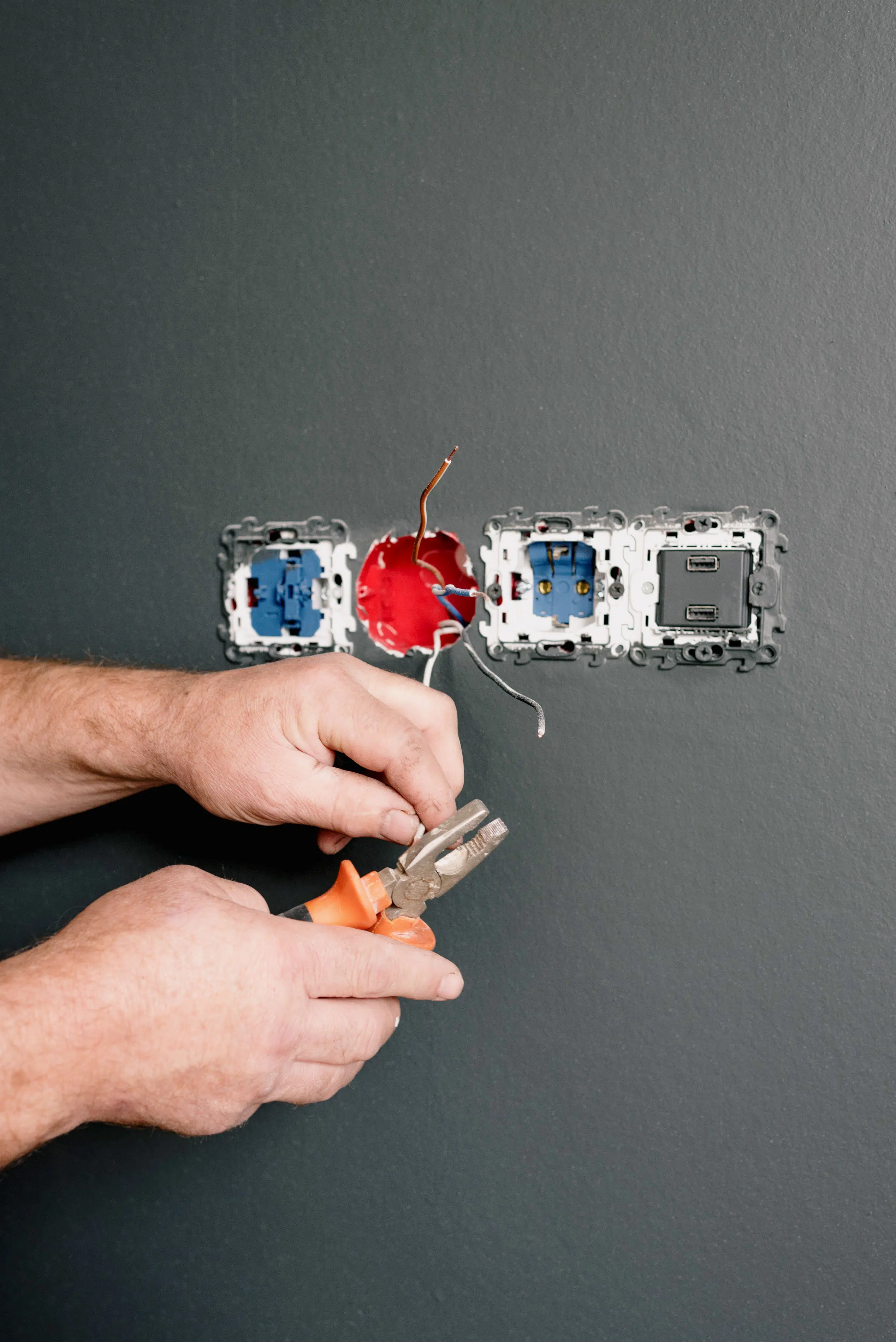The pressure switch plays a vital role in ensuring automatic safety in a furnace.
Upon sensing the negative pressure from the draft inducer motor, the pressure switch shuts off the furnace. This automatically prevents any dangerous back-drafting — the reintroduction of the exhaust gases into the system.
Apart from preventing gas leaks, it’s also responsible for prohibiting the furnace from cycling in cases of mechanical malfunction.
Simply put, the furnace pressure switch allows the furnace to complete its circuit and proceed to the next step in starting.
Unfortunately, this sequence doesn’t always go as expected. Sometimes the pressure switch fails to sense the pressure, so it fails to close. This means that the next step in the process is hindered and there’s no heat for the home.
The aftermath of the pressure switch failing to go back to its closed position can be wide-reaching.
Let’s delve into why the furnace pressure switch may be stuck open and what to do about it.
What Happens When the Furnace Pressure Switch Won’t close?
In cases where the pressure switch doesn’t sense the pressure or the pressure isn’t properly relayed, the pressure switch remains open, so no venting happens.
There’s a greater risk of the combustion gases staying in the unit and being distributed throughout the home. Given the harm these gases (such as carbon monoxide) can cause, it’s not advisable to ignore a furnace pressure switch stuck open.
What To Look for When Furnace Pressure Switch is Stuck Open
Several things could be going on when a furnace pressure switch fails or doesn’t close. Unfortunately, this often affects the rest of the system, which prevents it from being fired up. That’s why it’s critical to know a few troubleshooting tips for when that happens. Here are the various things to check when the pressure switch is stuck open.
Obstruction in the Venting
Any obstruction to the flue pipe or chimney prevents the free flow of combustion gases. The more these gases remain in the system, the less the pressure will move to the switch. As a result, the system will remain open.
Another potential cause of obstruction is dirt buildup. In winter, the ice may freeze in the vent pipe and obstruct proper functioning. Eventually, the clogged pressure switch may jam.
To know if your furnace’s venting is clogged, simply check the flue pipe. For a conventional furnace, the flue pipe will extend to the roof, while for a condensing furnace, the flue pipe is the white PVC pipe on the side of the house. If the flue pipe is clogged, it’s easy to spot debris and dirt from the end of the pipe.
If present, clear it away, and the pressure switch should close. However, if that doesn’t solve the issue, consider reaching out to an HVAC technician to diagnose the problem further. There could be deeper clogs that are preventing the release of combustion gases.
Improperly Connected or Damaged Pressure Switch Hose
If the flue pipe is clear, the port is clean, and the diaphragm is functioning properly, it could be the hose that is damaged. Any holes and cracks in the hose (no matter how small) may cause the pressure switch to stay open. For that reason, it’s always safe to have extra tubing.
Stiffened and Coated Pressure Switch Diaphragm
Most often, the switch fails to close because of a stiffened diaphragm. This can further cause the diaphragm to become stuck or ruptured, causing a flapping noise in the furnace.
Often, it’s not easy to tell how much effort is required to fix a stiffened diaphragm. Sometimes, just tapping on the case will free it.
But other times, this may not work. Plus, the chances of the diaphragm getting stuck again are often high. To avoid surprises in the future, it’s best to just replace the pressure switch when this begins to show.
Here are other potential reasons why the pressure switch of the furnace may be stuck open:
Old Pressure Switch
Aged furnace pressure switches are more likely to be faulty. They may have inaccurate readings and may prevent the furnace cycle from operating optimally.
These malfunctioning parts can be onerous to determine on your own. They may need repair or replacement altogether.
Wear, Tear, and Other Damage to the Switch
Wear and tear may prohibit the pressure switch from running as expected. The switch, as a main component of the furnace operation, if damaged, will further cause furnace malfunctions.
Repairing a malfunctioning pressure switch requires much attention from an experienced HVAC professional.
Trying to repair the pressure switch (or any other part of the furnace, for that matter) can have adverse effects. An improper repair job can create a potential safety risk. Also, it may shorten the system’s life.
Final Remarks on Pressure Switch Stuck Open on Furnace
While having the gas furnace pressure switch stuck open is a common issue, many homeowners may wonder what to do when this occurs.
It can often be onerous to figure out the culprit behind the furnace malfunction. With these furnace switch tips, you can move fast to troubleshoot the machinery and continue enjoying warm, clean air in the home.
As a caution, it is always recommended to take extra care when dealing with the furnace, given the dangers associated with the equipment. While some of the DIY troubleshooting recommended in this post can be done by anyone with no technical experience, giving your furnace a thorough diagnosis requires the expertise of a reputable company like Anderson Air.

